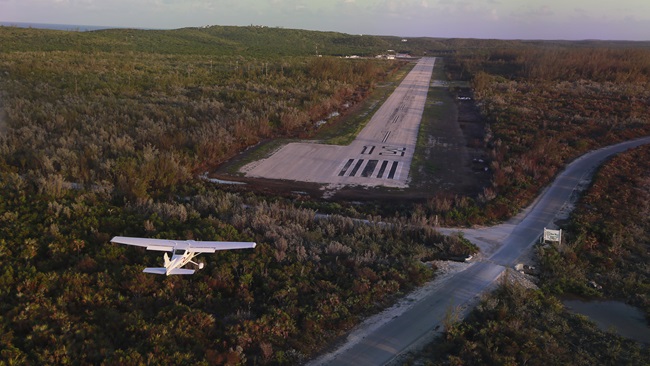Everything you've been taught about wheel landings is wrong
The conventional wisdom for “wheel” landings in taildraggers is that they require higher approach speeds than the “three-point” variety and that touchdowns should take place in a level attitude.
That’s what I was taught decades ago as a tailwheel student, anyway.
A series of wheel and three-point landings on a calm day showed approach speeds were identical; touchdown speeds were within two knots; and the best wheel landings took place when touching down in a tail-low attitude—not a flat one.
Wheel landings typically consumed about 50 percent more runway than three-point landings—no surprise there. But the reason for the long rollouts is a relatively slow deceleration after touchdown in the wheel-landing attitude, not a faster touchdown speed. (Tailwheel airplanes decelerate much quicker in a three-point attitude.)
Pilots of tailwheel airplanes can argue endlessly about the merits of both types of landings—and I certainly have my own preferences and opinions. But the GPS cameras used in this video show some facts are indisputable.



